15 Things Kids Today Will Never Understand About The Public Library
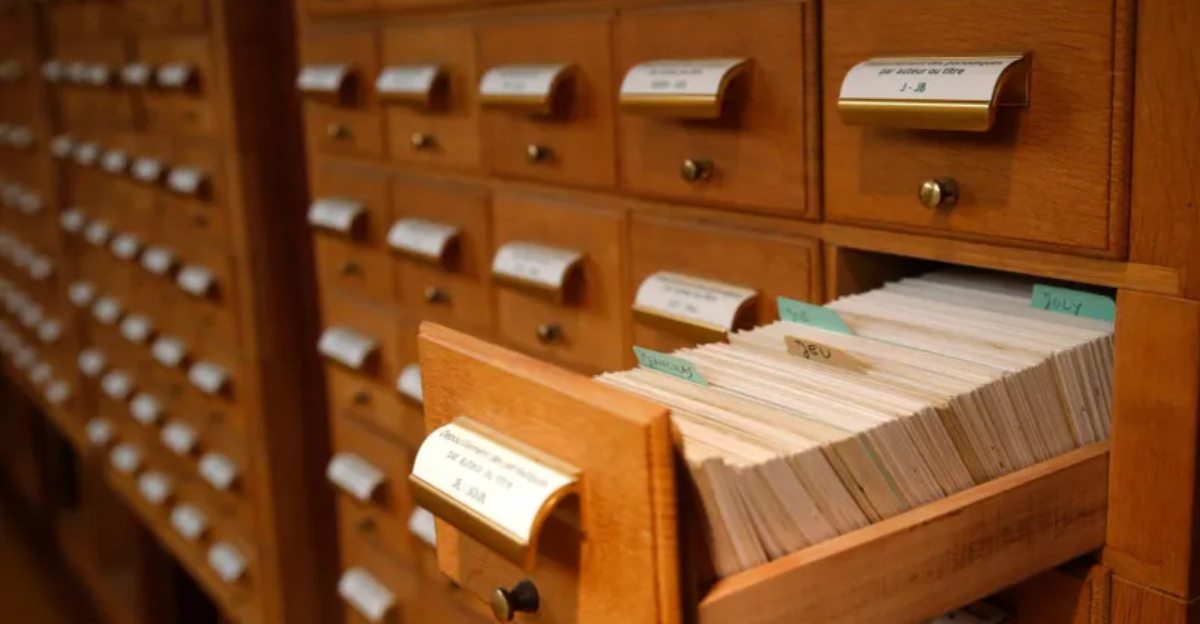
Ah, the public library—once a sacred temple of knowledge, where whispers were law, paper cuts were battle scars, and mastering the Dewey Decimal System felt like unlocking a secret code. As a kid, stepping into the library wasn’t just about books; it was an adventure.
The thrill of getting your very first library card, the satisfying thud of a giant reference book hitting the table, the soft rustling of pages as you disappeared into a world of imagination—it was pure magic.
Today’s kids, with their e-readers, audiobooks, and instant downloads, may never experience the unique quirks of an old-school library visit. No late fees, no card catalog drawers, no carefully penciled due dates.
But for those of us who lived it, these moments remain etched in memory—like well-loved book spines on a library shelf. So, let’s turn the page and revisit 15 things that made public libraries of the past truly unforgettable.
1. Microfilm and Microfiche Machines
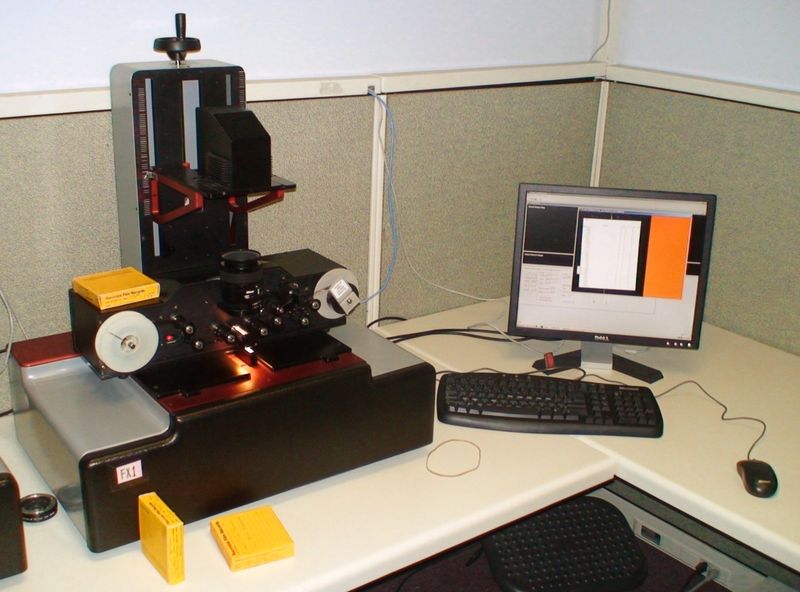
Ah, the microfilm machines, where you could travel back in time without a flux capacitor. You’d sit in front of that glowing screen, scrolling through old newspapers like a time traveler with vertigo. The sound of the film whirring, the slightly seasick feeling from the scrolling – it was a unique experience.
These machines were the original scrolls of knowledge! Kids today, with their digital archives, miss out on the tactile engagement of these old-school devices.
It was all about patience, precision, and the thrill of discovering old news. Each scroll felt like peeling back the layers of time.
2. The Panic of an Overdue Book Slip
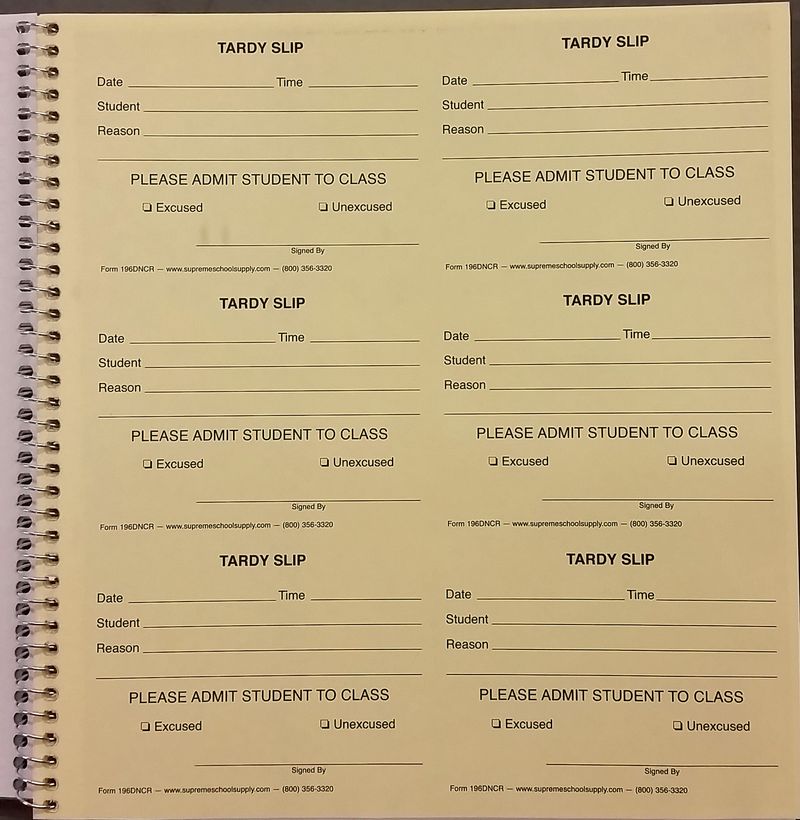
The sight of a red-stamped due date could strike fear into the heart of any young borrower. Overdue books meant impending doom, or at least a stern talking-to from the librarian. The slip was a scarlet letter of forgetfulness.
It held the power to make your palms sweaty and set your imagination on fire with thoughts of late fees. There was no escape, no digital alerts to save you from your own memory. You could feel the librarian’s laser-like glare even before you reached the counter.
The anxiety of returning an overdue book is a feeling kids today might never understand fully.
3. The Shushing Librarian
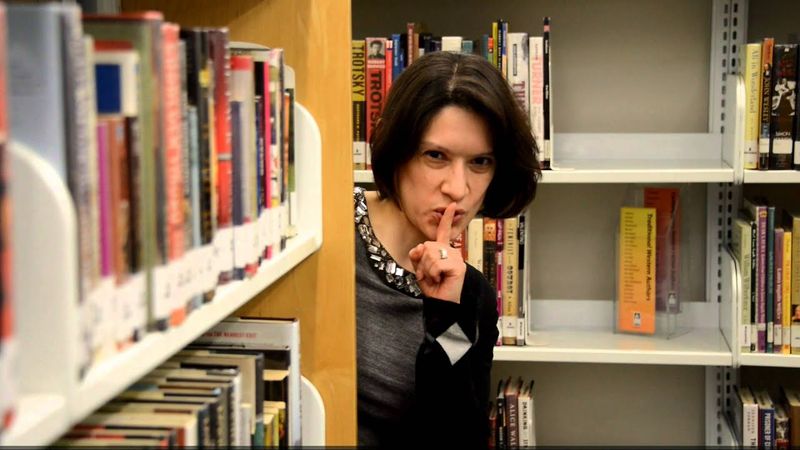
The shushing librarian was both terrifying and majestic. Her raised eyebrow and index finger to her lips could silence even the noisiest table of kids. She was the guardian of the library’s sacred silence. Her presence was a reminder that libraries were not just about books but about respect and discipline.
Kids today, with their noise-cancelling headphones and chatty study sessions, might never experience the art of quietude enforced by this formidable figure.
The shushing librarian taught us to whisper, to respect the sanctity of others’ reading hours, and perhaps to fear authority just a little.
4. Paper Library Cards with Metal Stamps
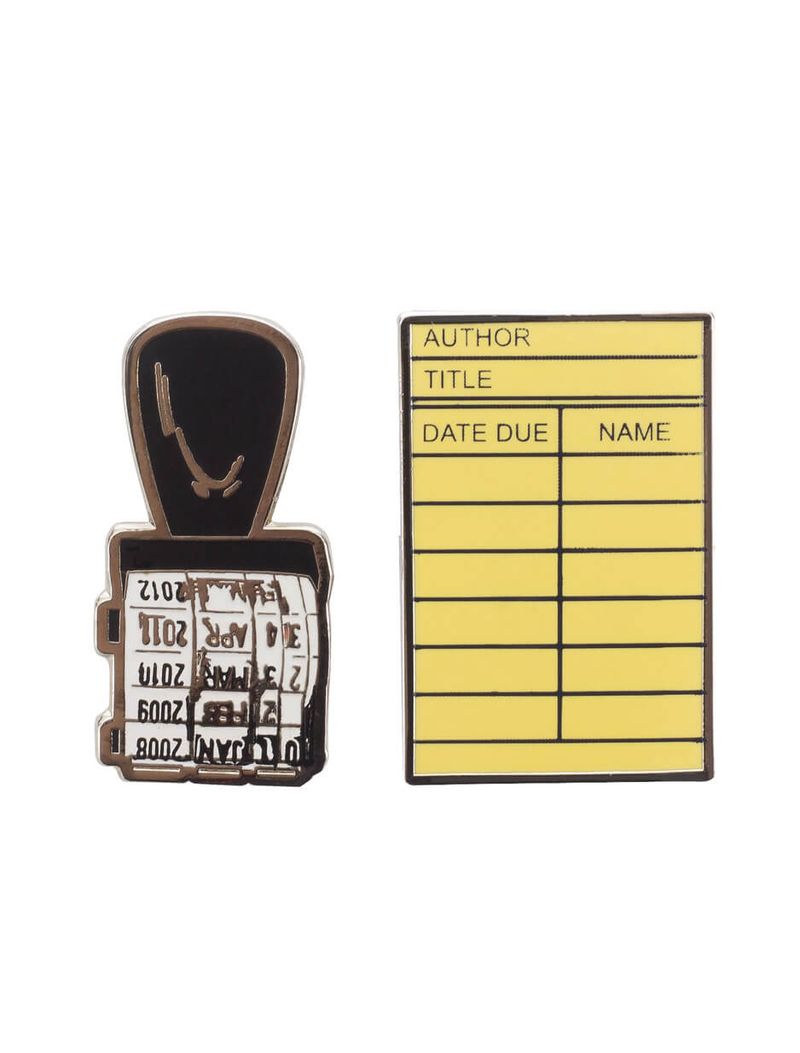
Back before barcodes, library cards were paper treasures adorned with metal stamp marks. Each stamp was a badge of honor, a testament to the books you’d conquered. Your entire reading history was laid bare for all to see.
It was personal and public all at once. Kids today, with their digital checkouts and unseen transactions, will never know the joy of seeing their name stamped inside a book.
Those little cards were passports to literary adventures, tangible proof of journeys taken. They were as much a part of the library experience as the books themselves.
5. Waiting in Line for the Next Book in a Series

Waiting in line for the next book in a series was an exercise in patience and hope. No Amazon, no instant downloads, just your name on a waitlist and a prayer that someone returned Goosebumps #28 soon. Standing in that line was a rite of passage.
The anticipation was palpable, and when your turn finally came, it was like winning the literary lottery. Kids today, with their instant access to e-books, might never know the sweet agony of waiting.
Each book was a treasure, a reward for your patience. It taught us to value what we read because getting it was half the fun.
6. Summer Reading Challenge Charts
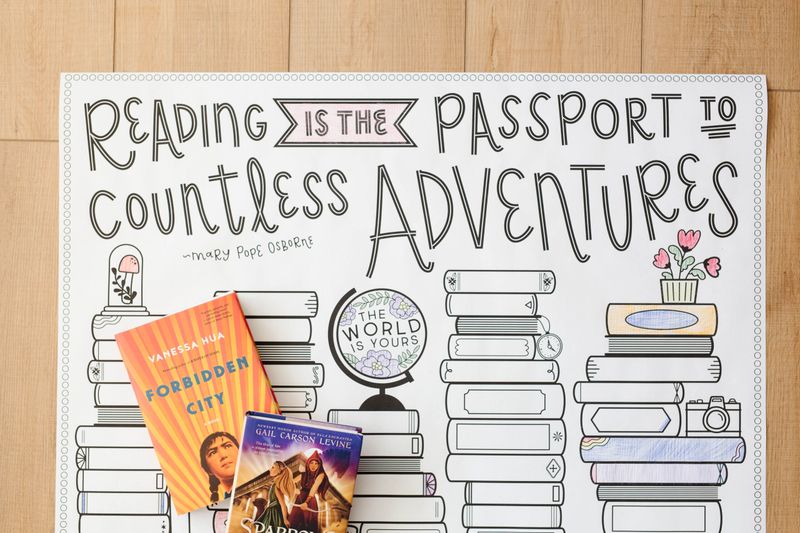
The summer reading challenge was more than just a contest; it was a battle of wits and endurance. The chart, filled with color-coded stickers, was a badge of honor. Reading was a competition, and every book read was a step closer to victory.
Kids today, with their iPads and distraction-filled summers, might never know the thrill of seeing their name climb that chart. The challenge was both motivation and reward.
It encouraged us to read more, to strive for the top. It was a tangible measure of our dedication and passion for stories, a source of pride to be displayed at the library’s front desk.
7. The Actual Smell of Books
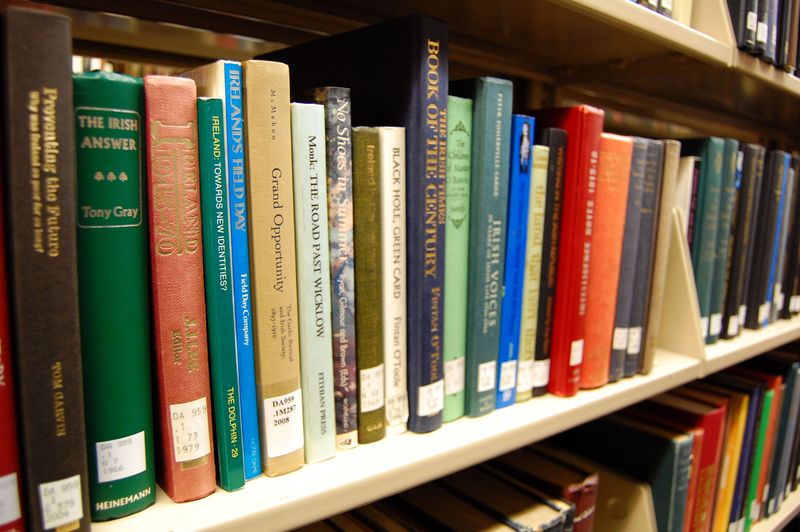
The smell of books is something that can’t be bottled or replicated. It’s the scent of wisdom, adventure, and occasionally, a bit of mold. Those musty pages held the aromas of countless stories and endless adventures.
Kids today, with their digital screens and e-readers, might never get to experience the intoxicating aroma of a real book. There’s something magical in the smell that sparks the imagination and brings stories to life.
A library filled with books is a sensory experience, a feast for the nose as much as for the mind. That smell is the scent of knowledge and nostalgia.
8. Encyclopedias as Homework Lifesavers
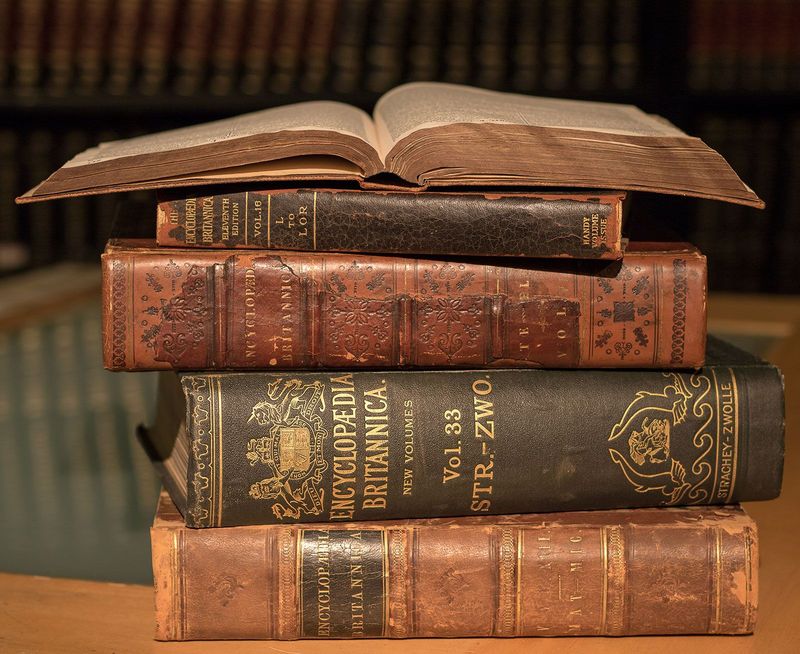
Before Google, encyclopedias were the go-to for homework help. Those heavy volumes held all the answers. Need to know about volcanoes or George Washington? You’d haul out the giant World Book set and dive in.
Kids today, with their quick internet searches, might never experience the satisfaction of finding exactly what they need in an encyclopedia. The pages were filled with knowledge, the edges worn from countless inquiries. It was a labor of love, flipping page after page until you struck gold.
Encyclopedias taught us to research, to be patient, and to value the knowledge we found within their covers.
9. Limited Computer Time (if Any)
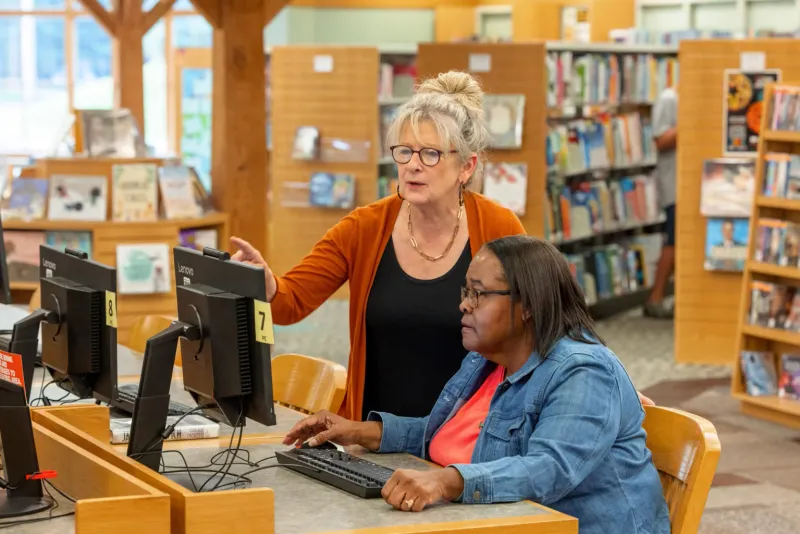
Remember when computer time was a precious commodity? If your library had a computer, there was usually just one. Kids today, with their personal devices and endless online access, might never understand the significance of those 20 minutes.
You had to use it wisely, whether for research or just a quick game of Minesweeper. It taught us to prioritize, to be efficient with our time.
That computer was a window to the world, a glimpse into the future. It was a rare treat, a privilege, and a lesson in sharing. Limited computer time made us appreciate every second.
10. The Card Catalog Cabinet

Remember the towering card catalog cabinet? It was like analog Google for bibliophiles. You’d flip through hundreds of index cards, hoping to find that elusive book.
Each card was a mini treasure map leading you to a shelf of wonders. And let’s not forget the Dewey Decimal System, our intellectual frenemy. Finding a book wasn’t just an errand, it was an adventure. Ah, the satisfaction of finally locating that book and the sense of triumph!
Kids today will never know the tactile joy of flipping through those cards, the thrill of the hunt, and the relief when you finally found what you were looking for.
11. The Cassette and VHS Section
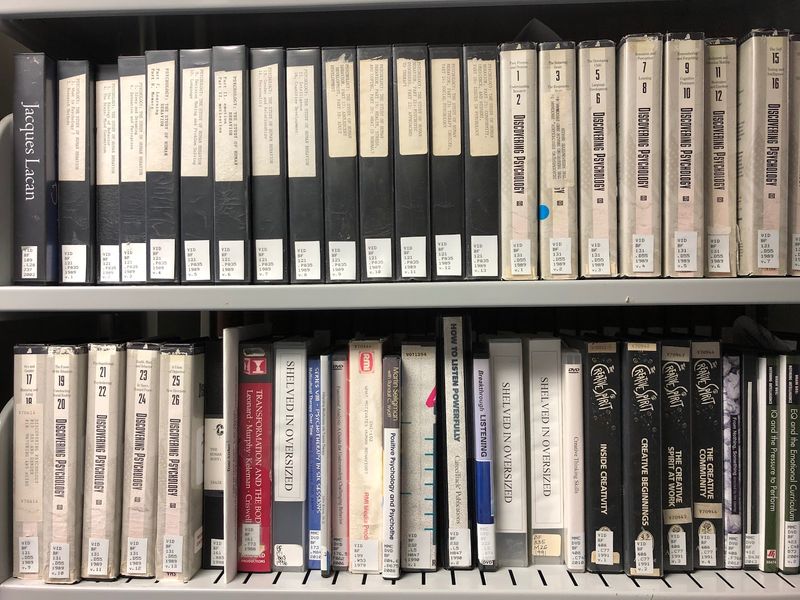
The cassette and VHS section was a treasure trove of audio and visual delights. Borrowing an audiobook meant getting a plastic clamshell case with multiple tapes. Kids today, with their streaming services and instant downloads, might never know the patience required to listen to a story on cassette.
And let’s not forget the VHS tapes, with their ‘Be Kind, Rewind’ stickers. Returning a tape without rewinding was practically a sin.
This section was a glimpse into the past, a tactile experience in a digital world. It taught us responsibility, patience, and the joy of hearing a story unfold over hours.
12. The Giant Dictionary on a Pedestal
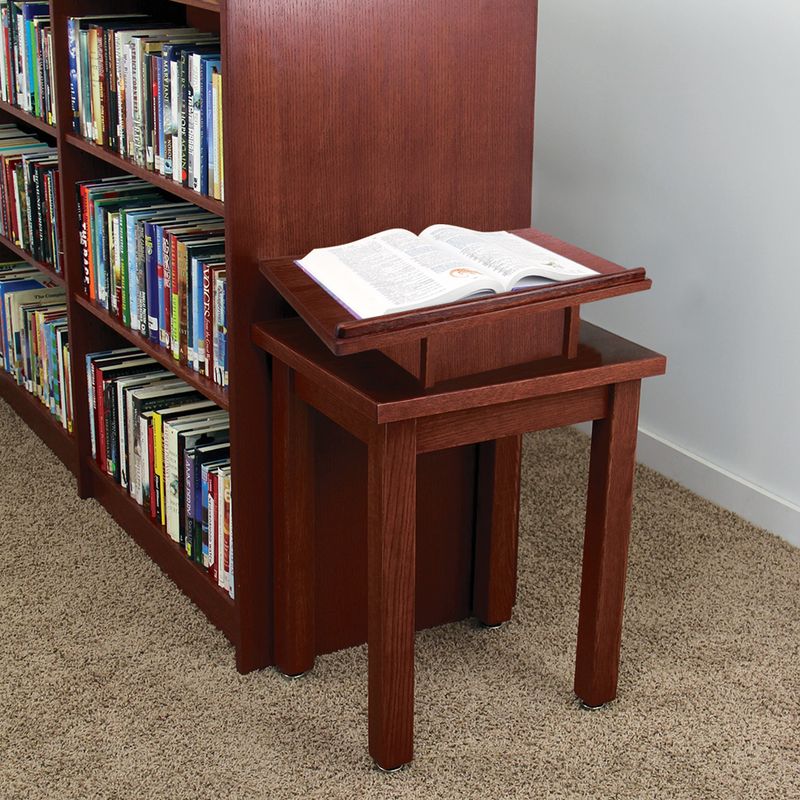
The giant dictionary on a pedestal was a monument to language. Too heavy to carry, it commanded respect. Kids today, with their spell-check and autocorrect, might never experience the awe of flipping through its massive pages.
It was where you went to learn the meaning of “photosynthesis” or to settle a debate over spelling. The dictionary was a portal to linguistic exploration, a reminder of the power of words.
It was a testament to the depth and breadth of language, a tool for learning that required no electricity. Standing before it, you felt scholarly, part of a grand tradition of inquiry.
13. Finding the One Book With the Cut-Out Middle

Every library had that one book with the mysterious cut-out middle. It was a clandestine hiding spot, a secret shared among mischief-makers. Kids today, with their online anonymity, might never experience the thrill of finding such a relic.
The book was a physical reminder of the rebellious spirit, a testament to youthful ingenuity. Inside, you might find candy wrappers, secret notes, or something more mischievous.
It was part of the library’s charm, a reminder that even in a place of order, chaos and creativity could find a foothold. It made every visit an adventure, a treasure hunt with endless possibilities.
14. Quiet Reading Corners That Felt Like Forts
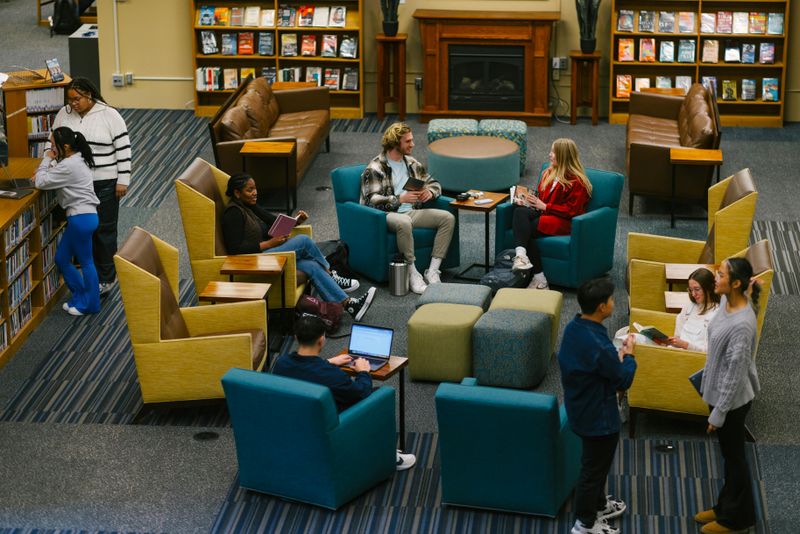
Quiet reading corners were sanctuaries of solitude. Tucked between the shelves, they offered privacy and peace. Kids today, with their open-plan libraries and bustling spaces, might never experience the joy of these hideaways.
Each corner felt like a personal fort, a place where time stood still and stories came alive. With the perfect lighting and a comfy chair, you could disappear for hours. It was a space for dreaming, for getting lost in tales of adventure and wonder.
These corners were more than just places to read; they were gateways to other worlds, crafted from books and imagination.
15. The Magic of Getting Your First Library Card
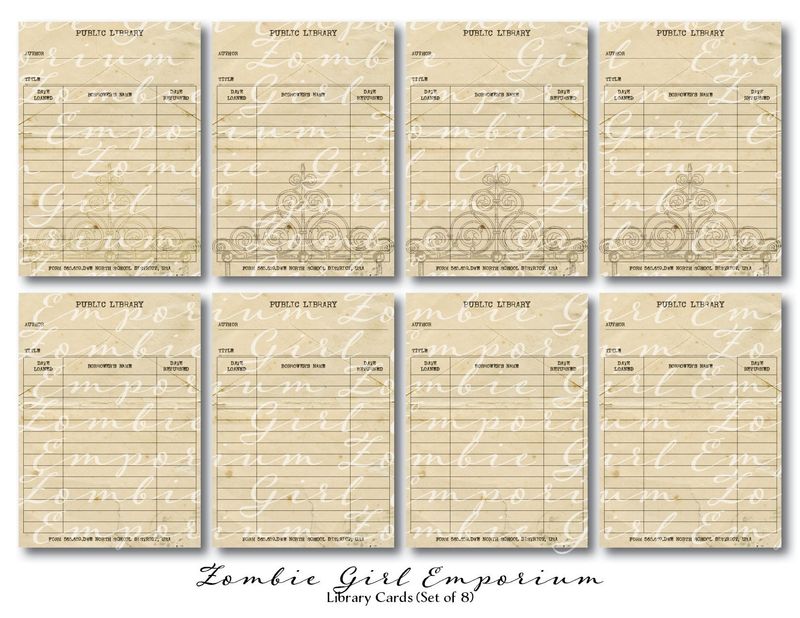
Getting your first library card was a rite of passage. It was more than just a piece of paper; it was a key to endless worlds. Kids today, with their digital access, might never feel the same thrill of ownership. That card was your introduction to a universe of stories, a symbol of your new identity as a reader.
It was your name, printed and official, a declaration of independence and curiosity.
With it, you weren’t just a kid anymore; you were a member of a community, a participant in a grand tradition of learning and imagination. It was pure magic.
